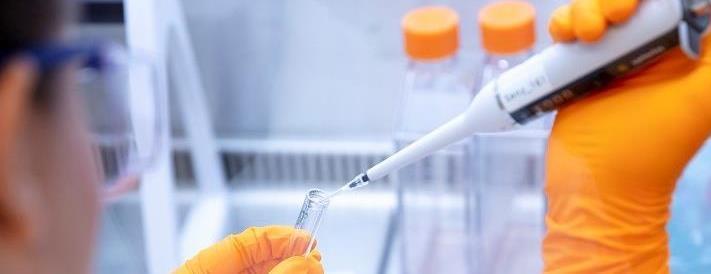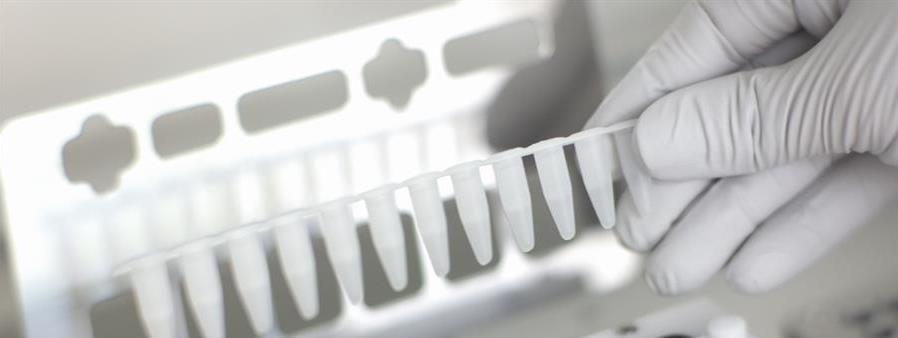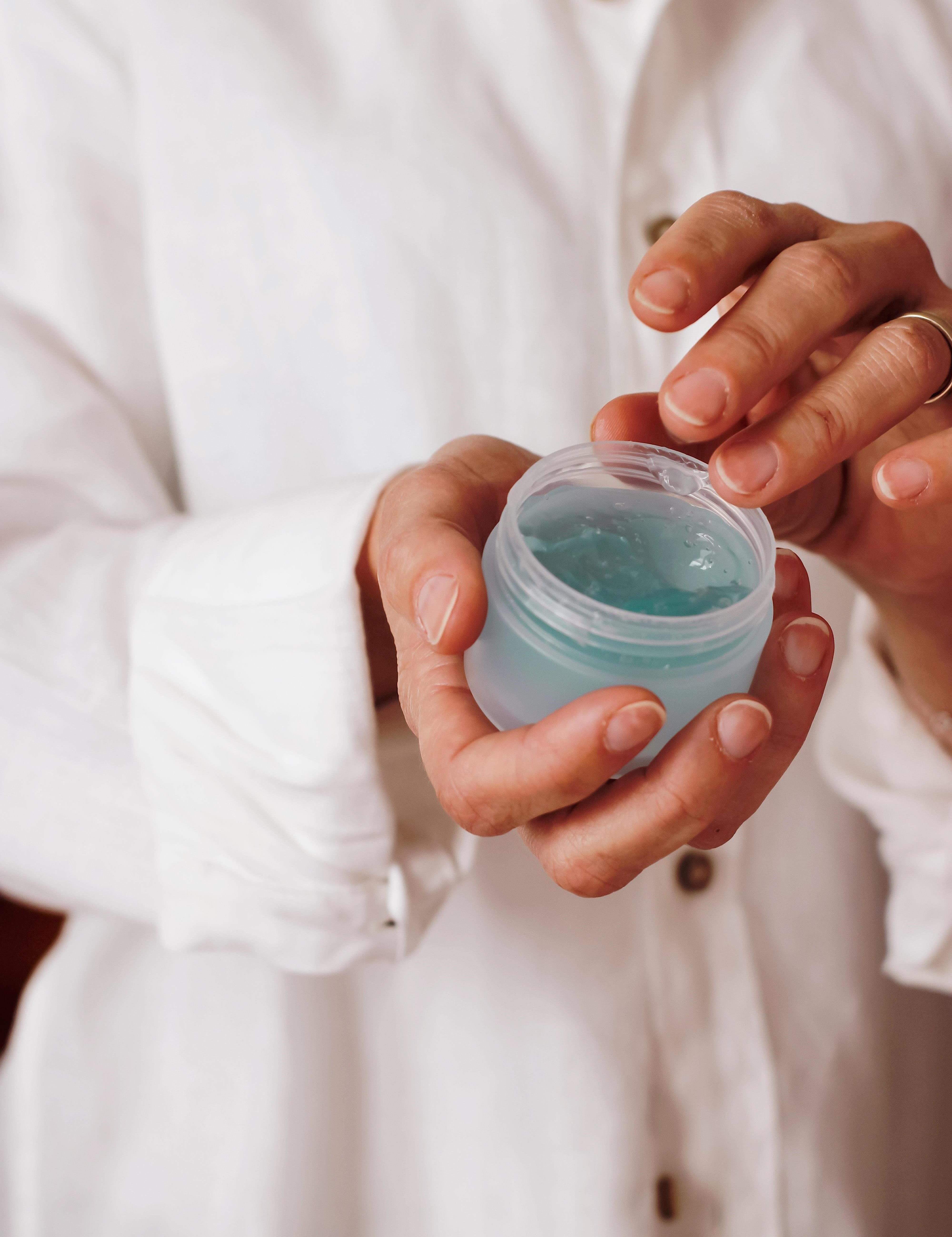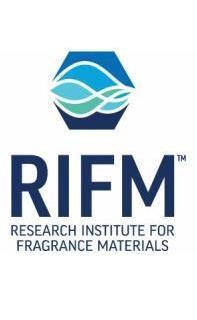|
We are pleased to announce a positive ESAC opinion on GARDskin, paving the way for OECD validation. The scientific evaluation shows that the assay meets EURL ECVAM requirements for regulatory filing and ESAC recommends that OECD include GARDskin on their list of internationally agreed test methods for skin sensitization.
Machine learning and ‘omics arrive in the field of regulatory toxicology
“According to ESAC, GARDskin is ready for further consideration at the OECD for possible development of a Test Guideline. These standard OECD Test Guidelines are internationally recognised test methods used by government agencies, industry and independent laboratories all over the world to determine the safety of chemicals used in many different sectors, including cosmetics, pesticides and industrial chemicals,” says João Barroso, JRC scientist and ESAC coordinator. (JRC press release from July 23)
📰 Read more in SenzaGen's press release
🎧 Listen to SenzaGen's webcast where our CEO and Chief Scientist commented on the ESAC opinion. |
|
|
|
 |
Thanks to an increasing demand on additional tests to cover more endpoints, we are expanding our skin toxicology services to include the in vitro skin irritation (OECD 439) and corrosion (OECD 431) assays.
The new assays complement our advanced GARD sensitization tests, adding a broader coverage of the skin toxicity mechanisms to our portfolio.
Learn more and get a quote |
|
|
 |
The GARDskin Dose-Response is a unique test that provides information on the dose at which a substance causes allergy. It enables companies across industries to identify the highest possible quantity of a chemical that they can include in their products (“the Dose of Departure”).
|
|
|
We are very pleased that one of the largest cosmetics companies and top beauty brands have chosen to test ingredients with GARDskin Dose-Response and look forward to providing data to support product safety.
Read more about the collaboration |
|
 |
|
SenzaGen and RIFM will begin part two of the GARDskin Dose-Response program. Part one of the program returned impressive results and together with their Expert Panel RIFM has decided to test additional fragrance ingredients this coming fall.
Read more about the RIFM project |
|
 |
|
 |
Together with experts from CEHTRA, GenEvolutioN, Laboratoire Watchfrog and PKDerm, we recently published a new article in Cosmetics MDPI, a review of the performance of innovative and efficient in vitro tools for safety testing of cosmetic products and cosmetic ingredients.
Part of the conclusion is that there is still an increasing need to develop in vitro models to predict carcinogenicity, repeat dose toxicity and reproductive toxicity.
Read the full publication |
|
|
|
|